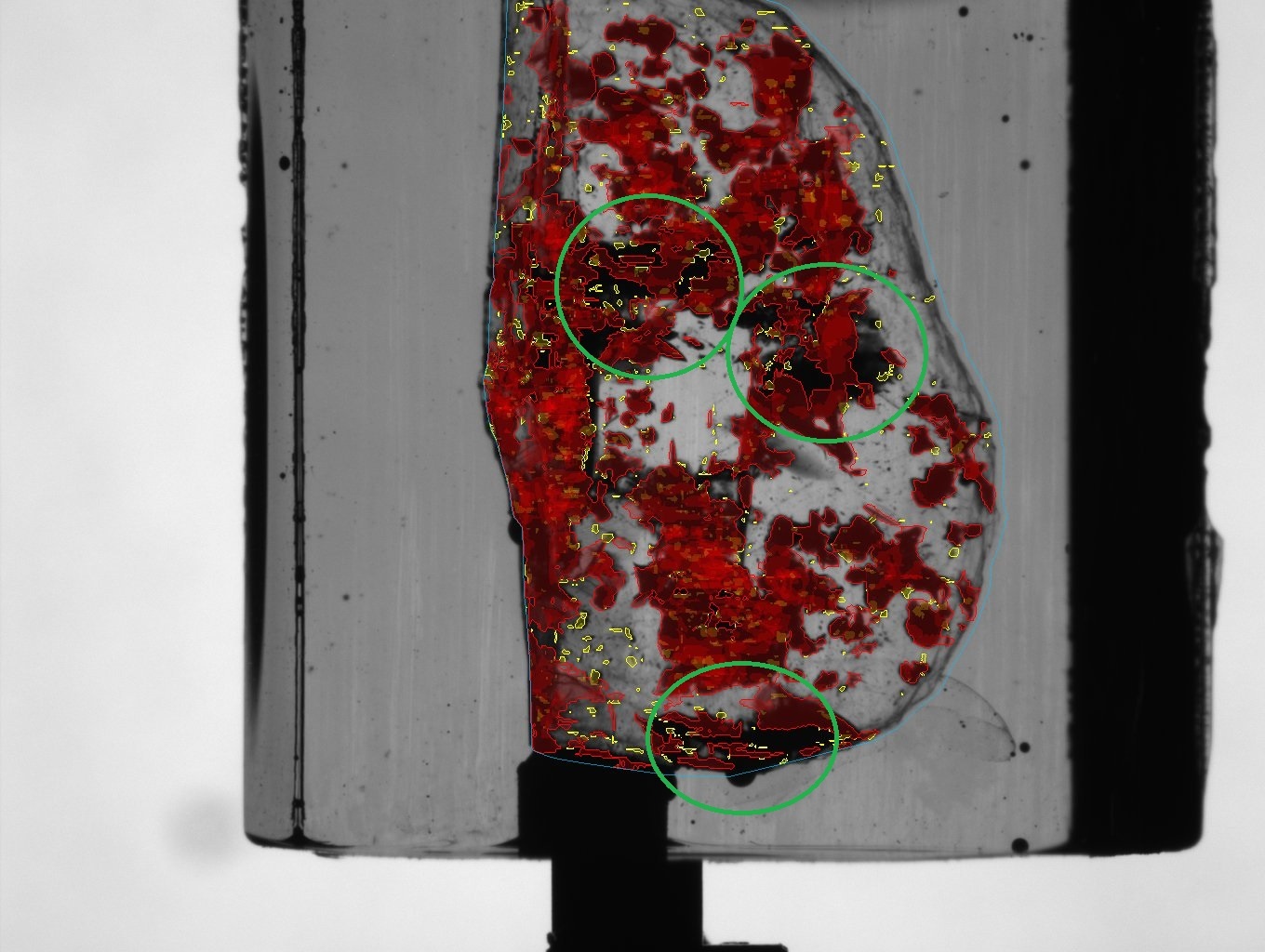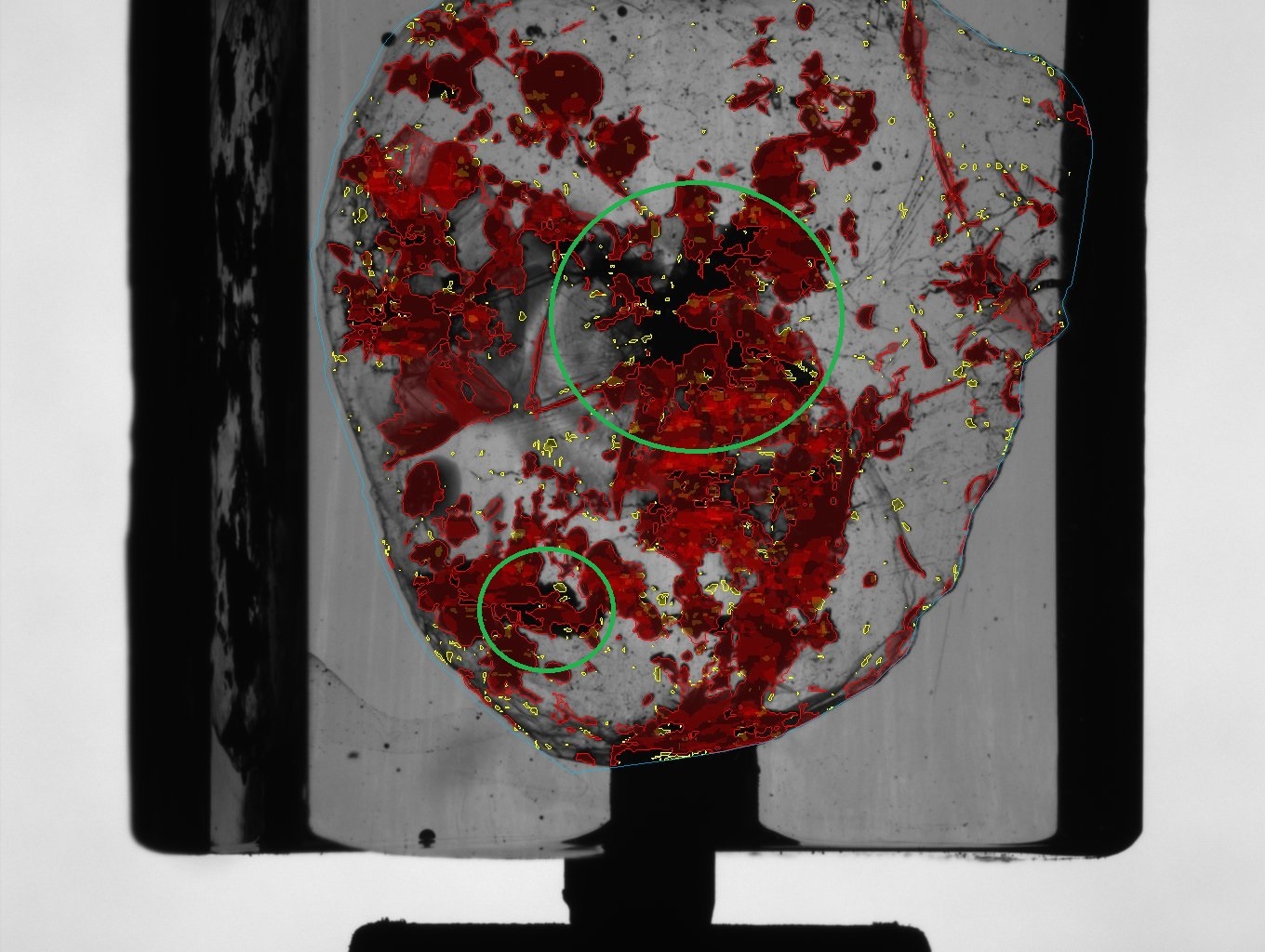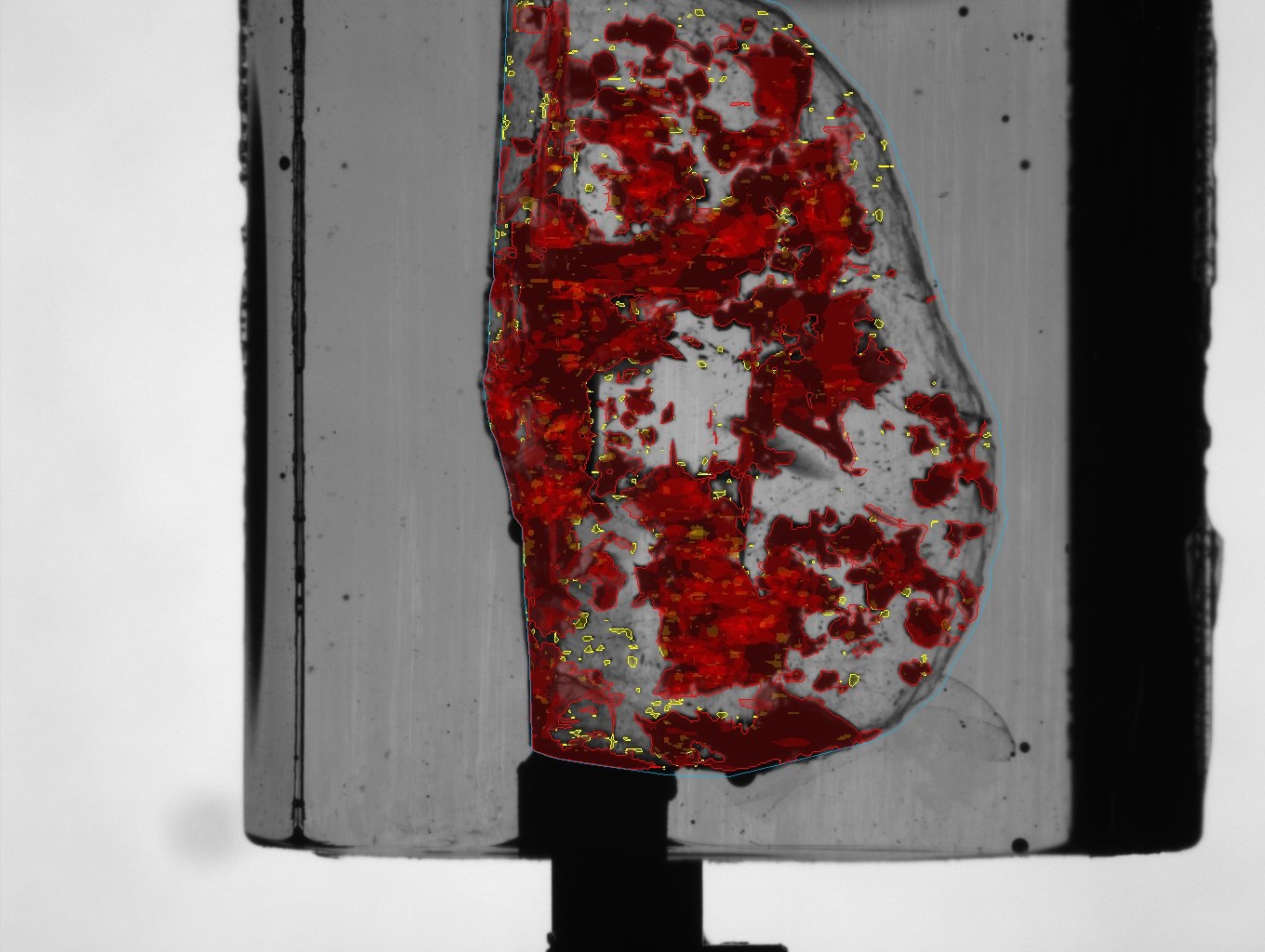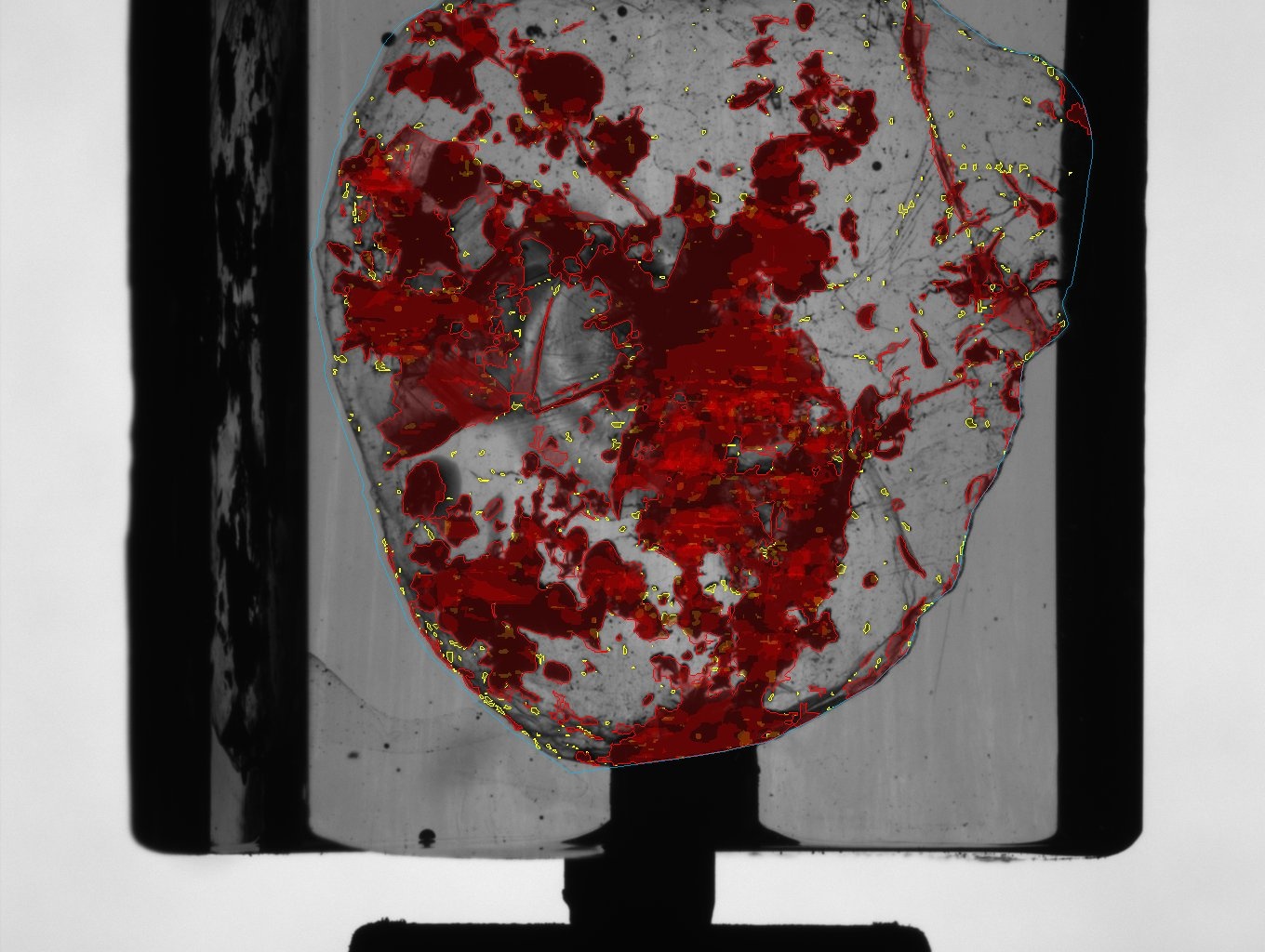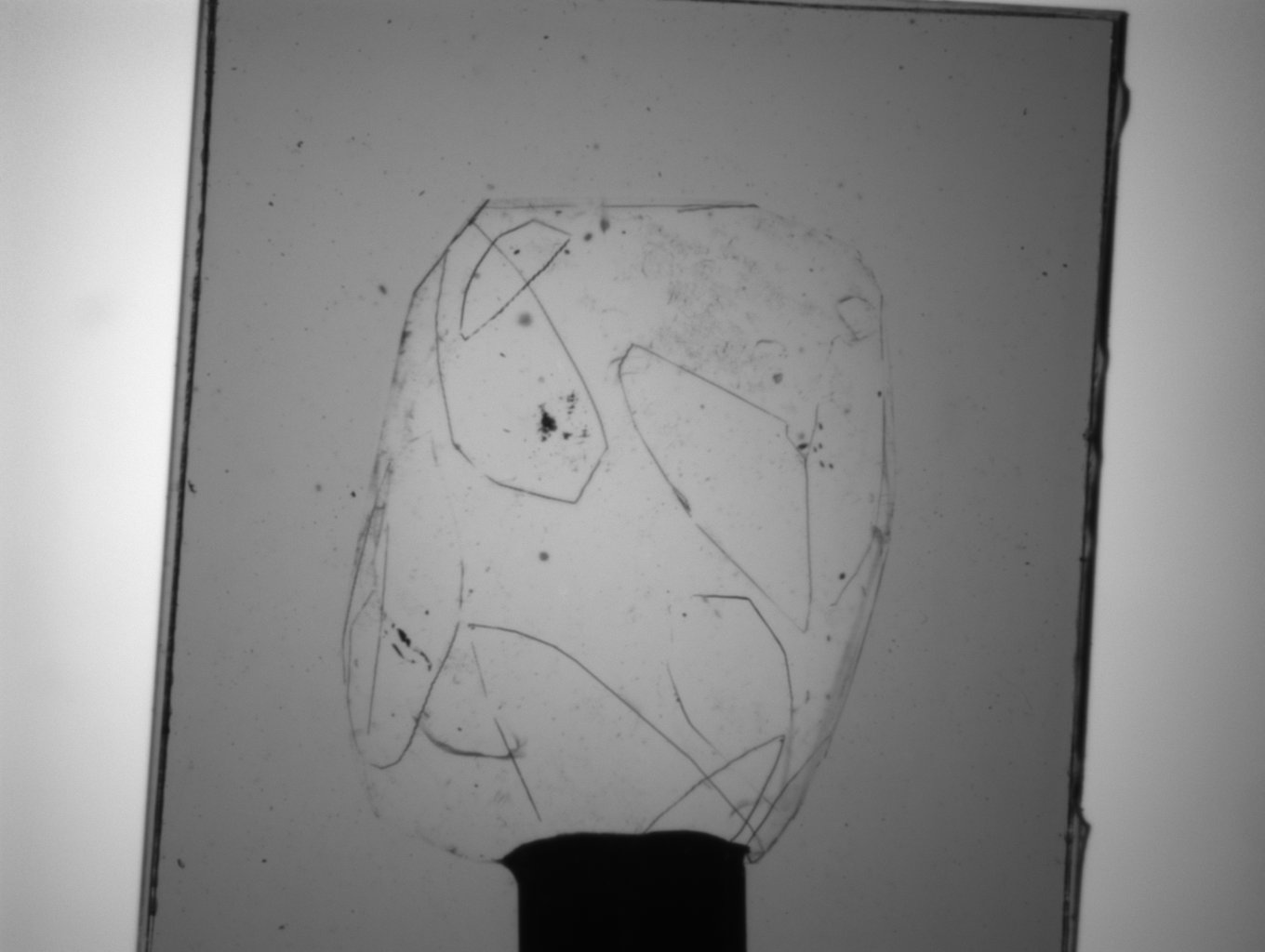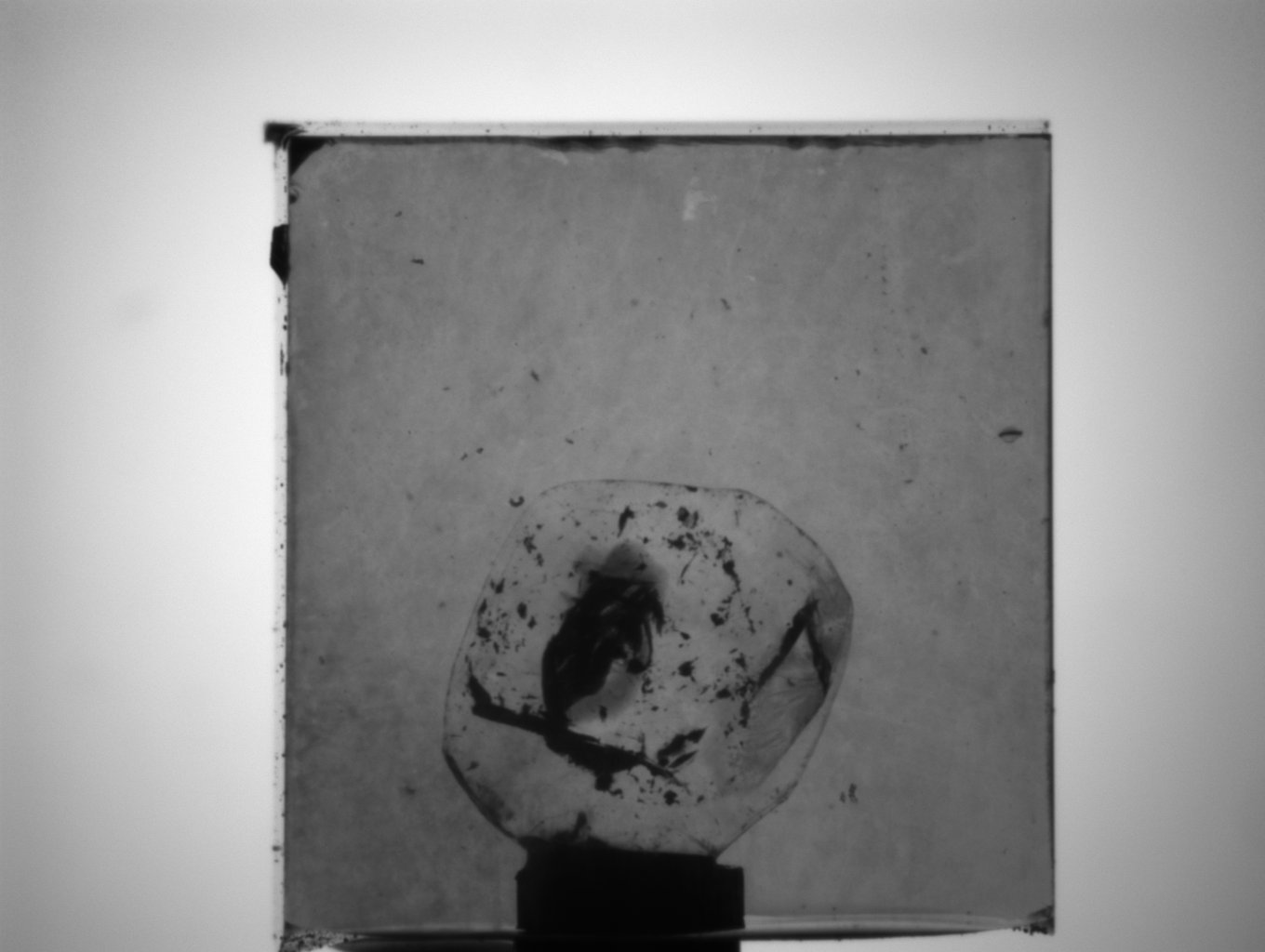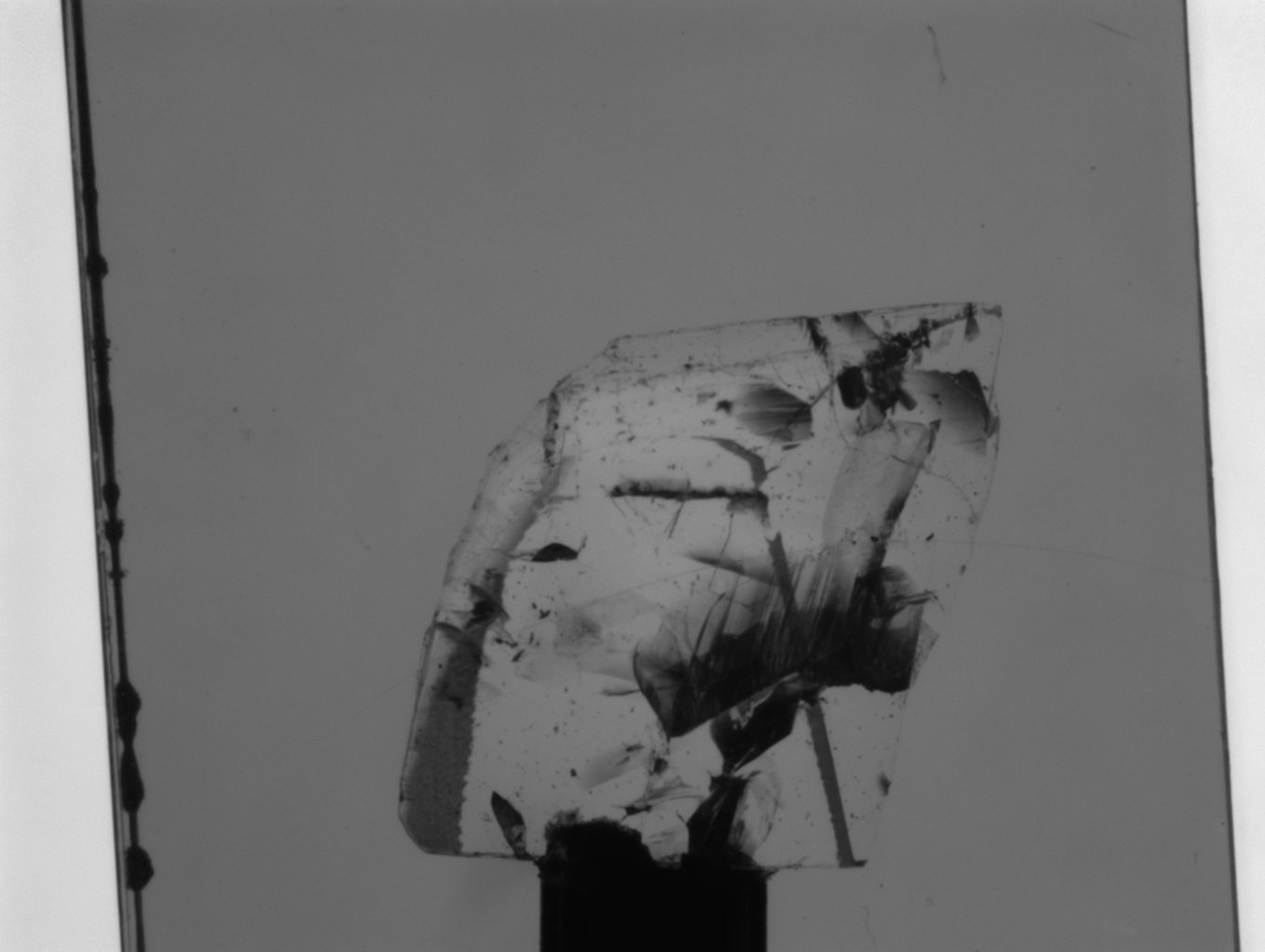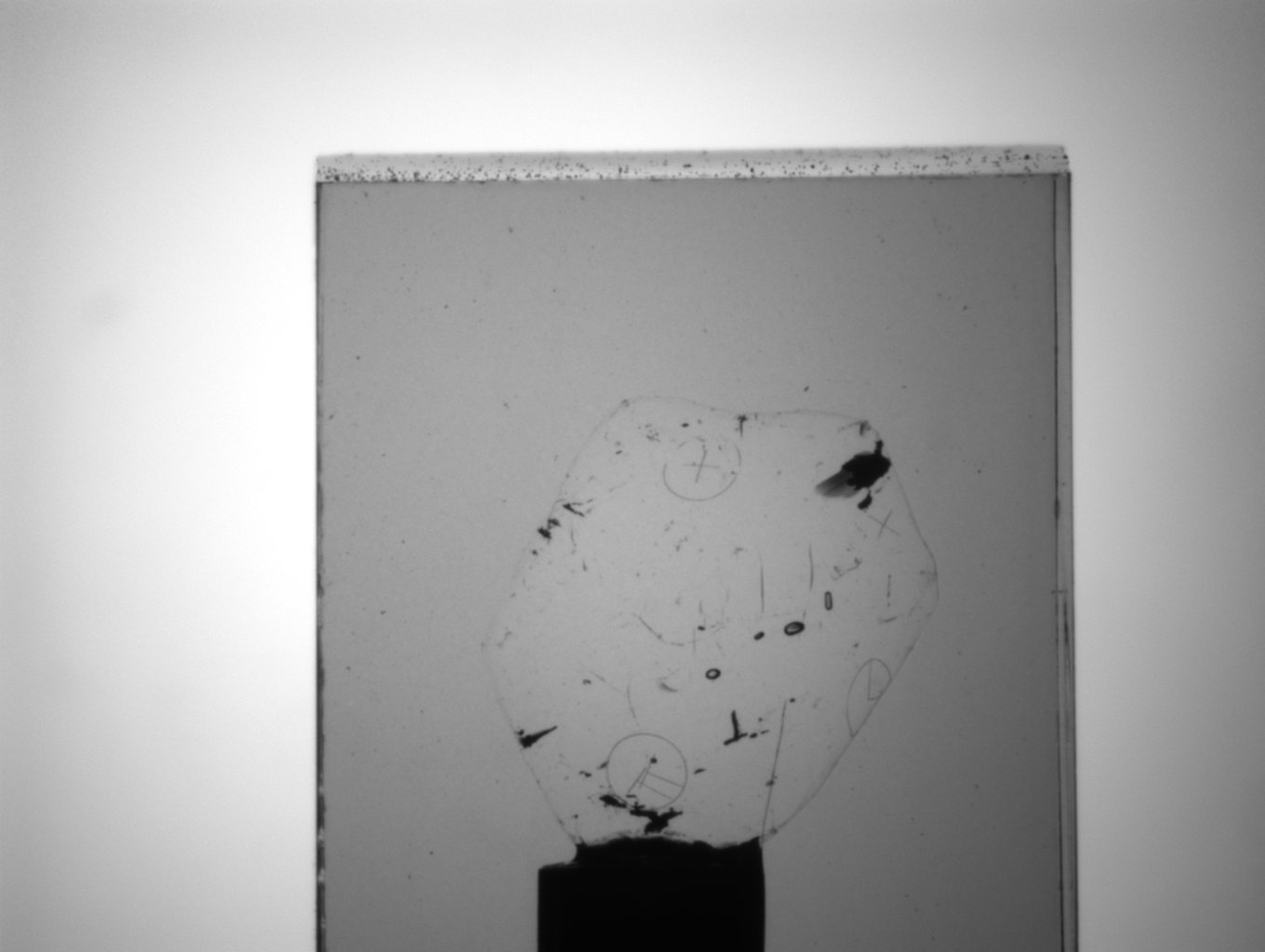Introduction
August release introduces improved autoplotting algorithm which is 1.5 - 2 times faster than in previous release on hardware configuration with 2 GPUs and plots big non-transparent inclusions without holes.
Big non-transparent inclusion autoplotting improvement
In the previous release (HIG-1141) there was a big problem allocating big non-transaprent inclusions. Such inclusions had big holes, you can see them in the picture (holes are highlighted with green circles):
In the new august release this problem was fixed. On this picture you can see the result of enhanced version of autoplotting algorithm:
Algorithm speedup
The august release program was significantly accelerated. The main acceleration was achieved on 1-GPU hardware configuration. Also in this release there is a support of 2-GPU configuration. For some sets using 2-GPU configuration gives additional 40% of performance increase, but for other ones it is 10-20% or there is no acceleration at all. In future updates we are going to achieve at least 50% acceleration on 2-GPU configuration (compared to 1-GPU configuration) for all possible sets.
For recommended GPU configurations see: HIG Workstation Configuration — June 2014
NOTE: Recommendation for molding
If you use the new version of program on 2-GPU hardware configuration please pay attention to the tilt of the molding. If the molding is tilted from the vertical axis too much the performance of the program may drop. On the left pictures you can see the molding tilted too much (bad case for performance) and on the right ones you can see examples of good molding (good performance). Please use this recommendation during molding preparation.
Also we publish the results of HIG allocation performance tests on various hardware configurations: HIG Inclusions Allocation Performance. In these tables you can find information about algorithm timings on various sets and various configurations (for this release and previous ones).
